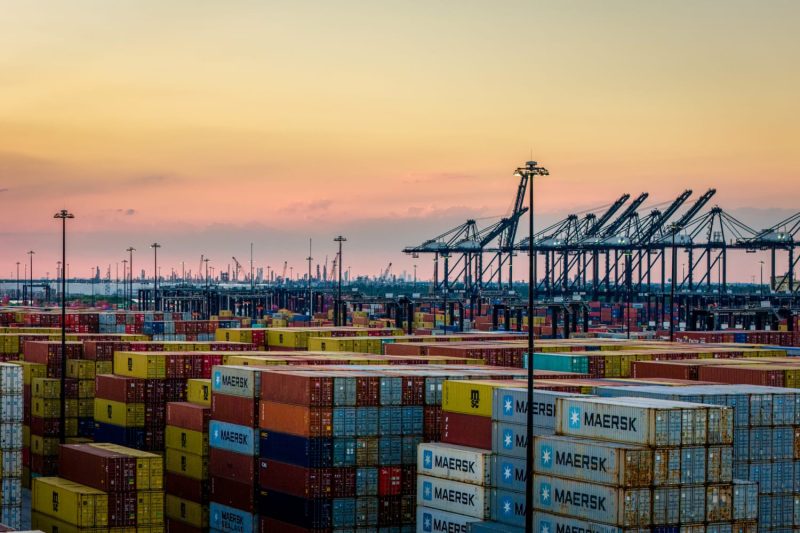The maritime industry plays a crucial role in global trade and commerce, facilitating the transportation of goods and raw materials around the world. However, recent developments have highlighted the vulnerabilities within this sector, with a major maritime strike threatening ports across the East Coast of the United States.
The strike, which is reported to be one of the largest in recent history, involves a significant number of workers across various sectors of the maritime industry, including dockworkers, stevedores, and other support staff. The primary reason behind the strike is the ongoing disputes over working conditions, pay, and employee benefits.
One of the major concerns stemming from this strike is the potential disruption it could cause to the flow of goods and materials through the affected ports. With ports along the East Coast being key entry points for imports and exports, any prolonged disruption in operations could have far-reaching implications for businesses relying on timely deliveries and shipments.
Moreover, the strike could also impact the broader economy, leading to supply chain disruptions, increased transportation costs, and potential shortages of essential goods. This could not only affect local businesses but also have ripple effects across the country and even globally.
In response to the strike, port authorities and shipping companies are working on contingency plans to mitigate the impact and ensure the continued flow of goods. These plans may involve rerouting shipments to alternative ports, prioritizing essential cargo, and deploying additional resources to manage the increased workload.
Furthermore, negotiations between the striking workers and employers are ongoing, with both parties striving to reach a mutually acceptable agreement that addresses the concerns raised by the workers while ensuring the sustainability of the maritime industry.
As the situation unfolds, it is essential for all stakeholders, including businesses, workers, and authorities, to collaborate and find a swift resolution to the dispute. By working together and finding common ground, they can help minimize the impact of the strike and ensure the continued operation of the ports along the East Coast.
In conclusion, the ongoing maritime strike poses a significant challenge to the East Coast ports and the broader economy. However, with effective communication, negotiation, and contingency planning, the stakeholders involved can navigate through this turbulent period and emerge stronger on the other side.
